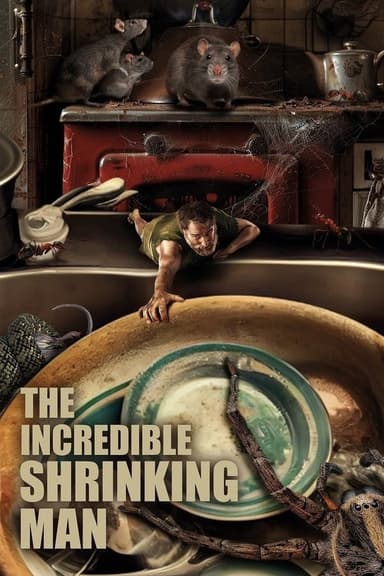
Stir of Echoes
1999 • Horror, Mystery, Thriller • R
After being hypnotized by his sister-in-law, Tom Witzky begins seeing haunting visions of a girl's ghost and a mystery begins to unfold around her.
Runtime: 1h 39m
Why you should read the novel
If you’re looking for a richer and more nuanced supernatural thriller, Richard Matheson’s "A Stir of Echoes" provides a masterclass in psychological suspense. The novel delves deeply into the consequences of opening one’s mind to forces beyond understanding, weaving subtle terror into everyday suburban life. With every page, Matheson’s expertise in building atmosphere and tension immerses readers in a reality where the boundaries between the natural and the supernatural threaten to dissolve.
Unlike a film’s limited runtime, the novel grants time to explore Tom’s evolving mental and emotional state, offering an intimacy that draws you into the well of his fears and doubts. Matheson’s prose is both elegant and deeply unsettling, plunging you deeper into Tom’s unraveling psyche as he experiences terrifying visions and encounters with the unknown. This introspective approach allows the haunting events to play on both intellectual and emotional levels, making for a profound and rewarding read.
Choosing the novel over the adaptation means choosing to experience the story as the author intended—brimming with ambiguity, philosophical depth, and a subtle critique of conformity and repression in American life. By immersing yourself in Matheson’s original text, you’ll uncover layers of meaning and psychological complexity simply impossible to translate fully to the screen.
Adaptation differences
One of the most notable differences between the 1999 film adaptation and Matheson’s original novel lies in the setting and the era. The book, published in 1958, is steeped in the anxieties and social mores of mid-20th-century America, whereas the movie updates the setting to late-1990s Chicago, changing the social context and the tone of its characters’ interactions. The cultural and generational tensions of the novel are far subtler than the movie’s more direct approach to blue-collar life and community dynamics.
The character of Tom, played by Kevin Bacon in the movie, undergoes significant changes as well. In Matheson’s novel, Tom’s confrontation with the supernatural is quieter and more internalized—he is far less frantic and physically active than his cinematic counterpart. The movie amplifies Tom’s mental and emotional breakdown for dramatic effect, while the novel offers a more measured, psychological portrait of a man losing his grip on reality. This shift changes the story’s tone, making the film more of a conventional thriller compared to the novel’s psychological horror.
Another key difference is the nature of the supernatural events and the source of the haunting. Matheson’s book is more ambiguous, leaving much to interpretation and focusing on the theme of latent psychic abilities and how they disrupt ordinary life. The movie, however, places greater emphasis on solving a murder mystery through ghostly clues, offering viewers a clear-cut narrative with a definitive resolution. This change streamlines the plot for cinematic pacing but removes some of the existential uncertainty that defines the novel.
Finally, the ending of each version diverges significantly. The novel concludes on a more ambiguous, unsettling note, leaving Tom’s fate and the consequences of his psychic awakening unresolved. The film, on the other hand, opts for a more definitive and dramatic climax, providing both closure and spectacle. This difference underscores the distinct experiences each medium offers: where the novel lingers in unease and open-ended questions, the film ties up loose ends to satisfy mainstream audiences.
Stir of Echoes inspired from
A Stir of Echoes
by Richard Matheson















